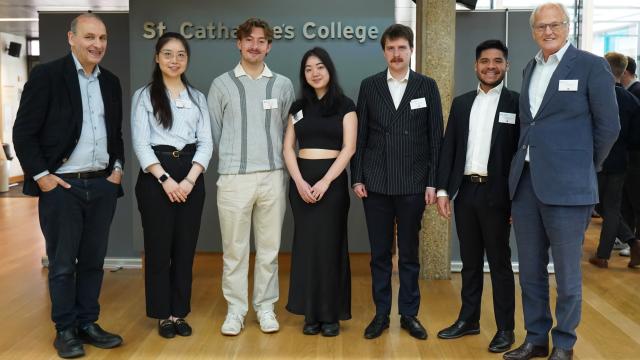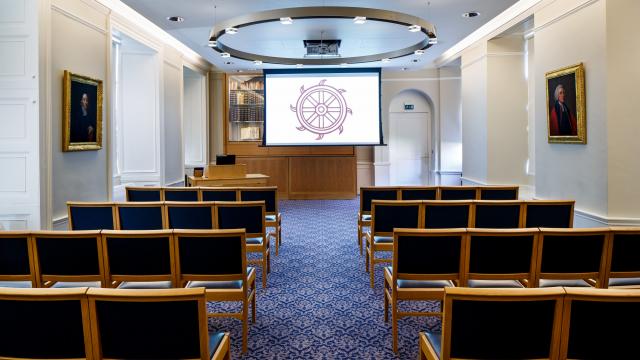
A Fellow of St Catharine’s has received the Clay Research Award, which celebrates the outstanding achievements of the world's most gifted mathematicians. Professor Pierre Raphaël (2019) receives the 2023 award from the Clay Mathematics Institute in recognition of his profound contributions to the theory of nonlinear partial differential equations with three collaborators: Frank Merle from Institut des Hautes Études Scientifiques in Paris; Igor Rodnianski from Princeton University; and Jérémie Szeftel from Sorbonne Université in Paris.
Professor Raphaël said, “The Clay Institute is entirely devoted to the worldwide promotion of mathematical sciences, and being recognised by this prestigious institution is an immense honour. These works on singularity formation for compressible fluids are the accomplishment of 15 years of daily collaboration with Frank, Igor and Jeremie, and in many ways the major scientific adventure of my career. There are no better successes than the ones we can share – I simply hope that we are just getting started!”
The four winners have been recognised, in particular, for their groundbreaking advances in the understanding of singular solutions to the fundamental equations of fluid dynamics, including their construction of smooth self-similar solutions for the compressible Euler equation, and families of finite-energy blow-up solutions for both the compressible Euler and Navier-Stokes equations. They will officially be presented with their award at the Clay Research Conference in Oxford in September 2023.
Announcing the award, the Clay Mathematical Institute added:
“They are also recognised for establishing the existence of finite energy blow-up solutions, arising from smooth initial data, for the energy supercritical defocusing nonlinear Schrödinger equation (NLS) in a spectacular work that resolves a longstanding conjecture of Bourgain. Their discovery of a startling connection between the fundamental equations of fluid mechanics and the NLS has opened a new vista in the field of nonlinear partial differential equations.”






